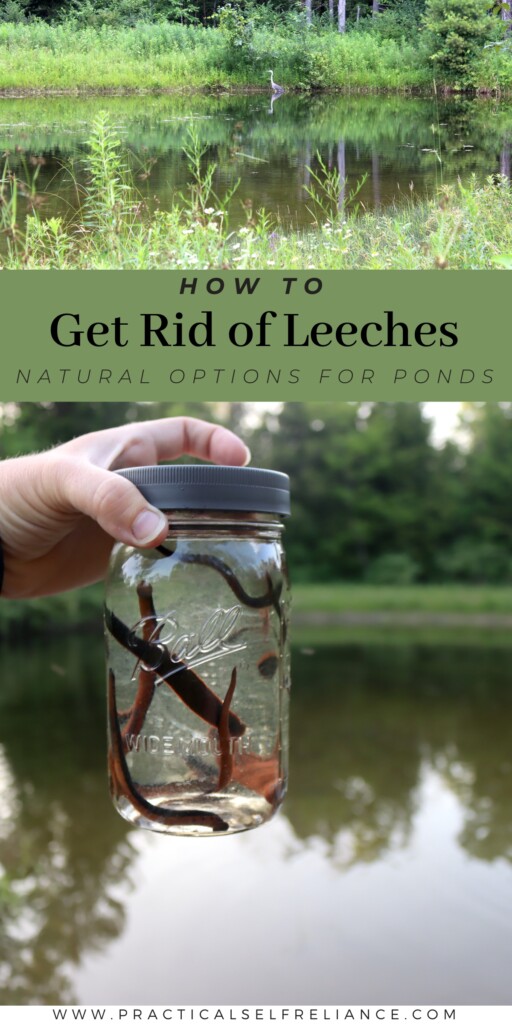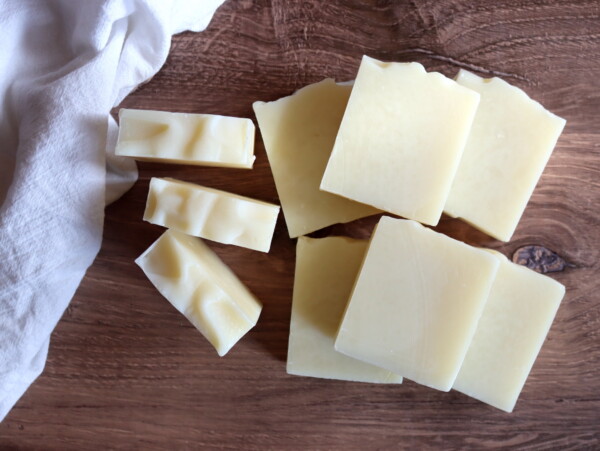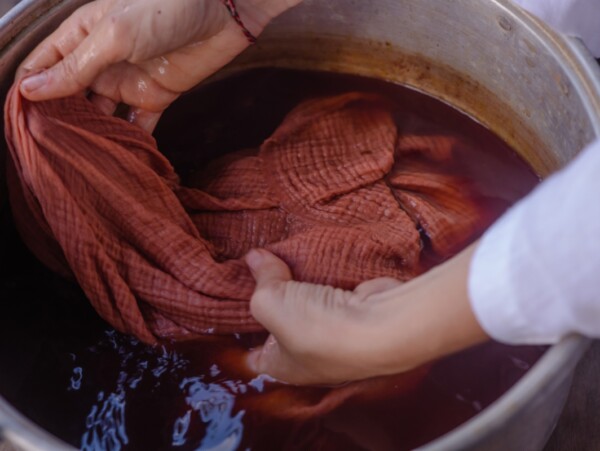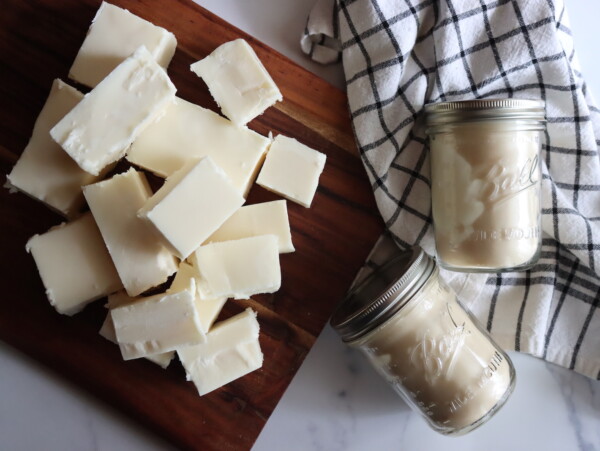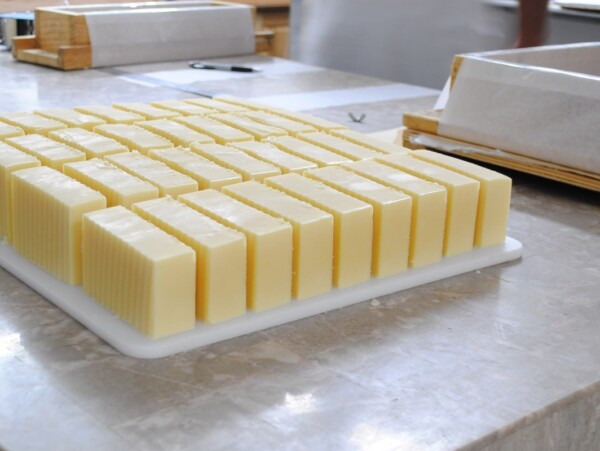Affiliate disclosure: This post may contain affiliate links. Please see our Privacy Policy.
Removing Leeches from a Pond isn’t easy, but it can be done. By improving water quality, supporting natural predators, and removing excess muck, you can restore balance and enjoy a cleaner, healthier pond.
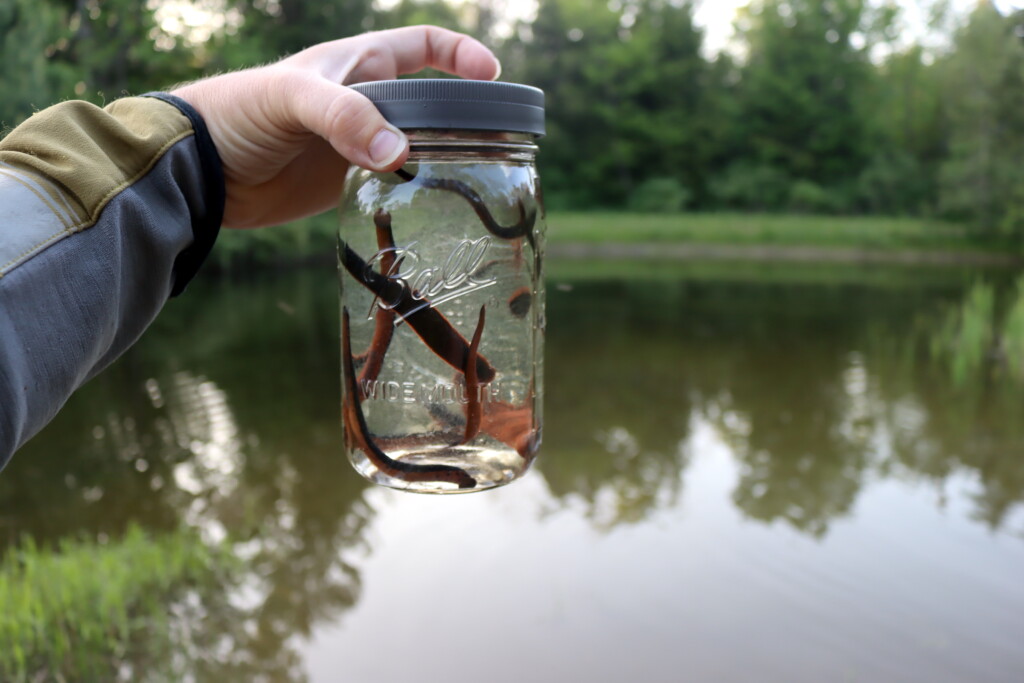
Table of Contents
- Why Leeches Thrive in Ponds
- Natural Ways to Get Rid of Leeches
- Remove Muck and Organic Debris
- Encourage Natural Predators
- Improve Water Circulation and Oxygenation
- Trap Leeches Manually
- Chemical Treatments: A Last Resort
- How to Prevent Future Leech Problems
- FAQ About Leeches in Ponds
- Homestead Pond Resources
This is one of those topics I wish I never had to learn about — and if you’re here searching “how to kill leeches” or “how to get leeches out of a pond,” it’s probably not the highlight of your day either.
For years, we swam happily in our pond without a second thought, with my kids splashing in the shallows and chasing baby turtles through the reeds.
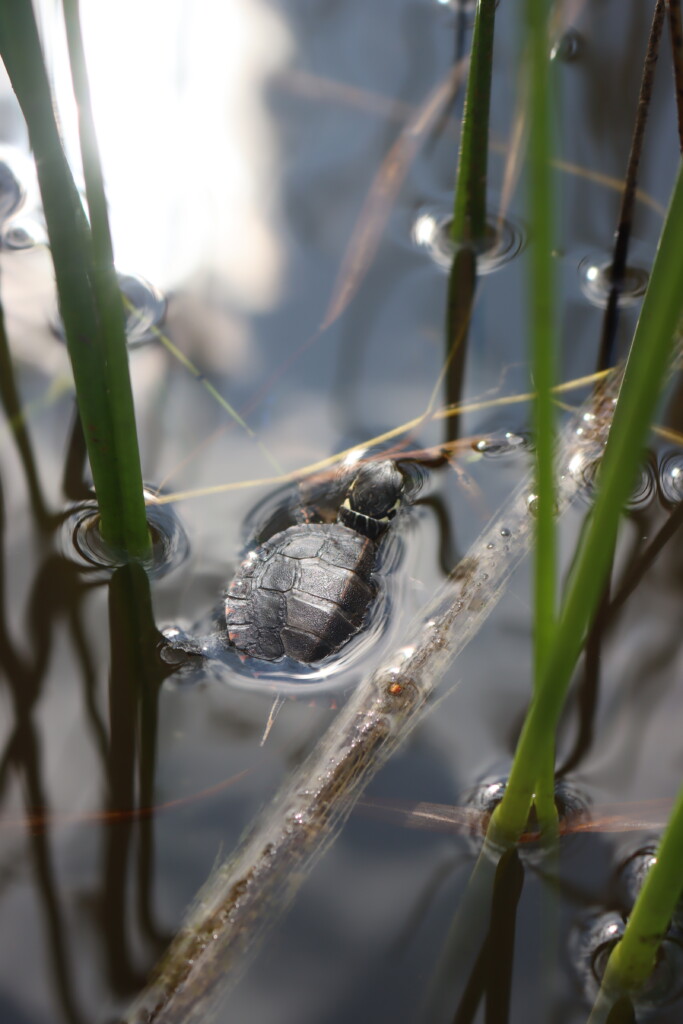
Then one year, they were everywhere. Probably carried in on the foot of a migratory duck, but once leeches show up in a pond, getting rid of them isn’t easy.
Leeches are a natural part of many pond ecosystems, for better or worse, but when their numbers get out of control, they can make swimming unpleasant, disrupt fish populations, destroy frog populations by eating all the spring egg clutches and throw off the balance of the entire pond.
Fortunately, there are several natural, effective ways to manage leeches without resorting to chemical treatments that could harm other pond life.
Managing leeches is about restoring balance — encouraging natural predators, improving habitat, and removing excess leeches safely. Whether you’re maintaining a homestead pond or cleaning up a natural swimming hole, the right strategies can keep leech populations under control and your pond healthy.
I’ll walk through why leeches show up and what we did to clean up our pond and reduce their numbers naturally, as well as how to prevent future infestations while protecting the overall pond ecosystem.
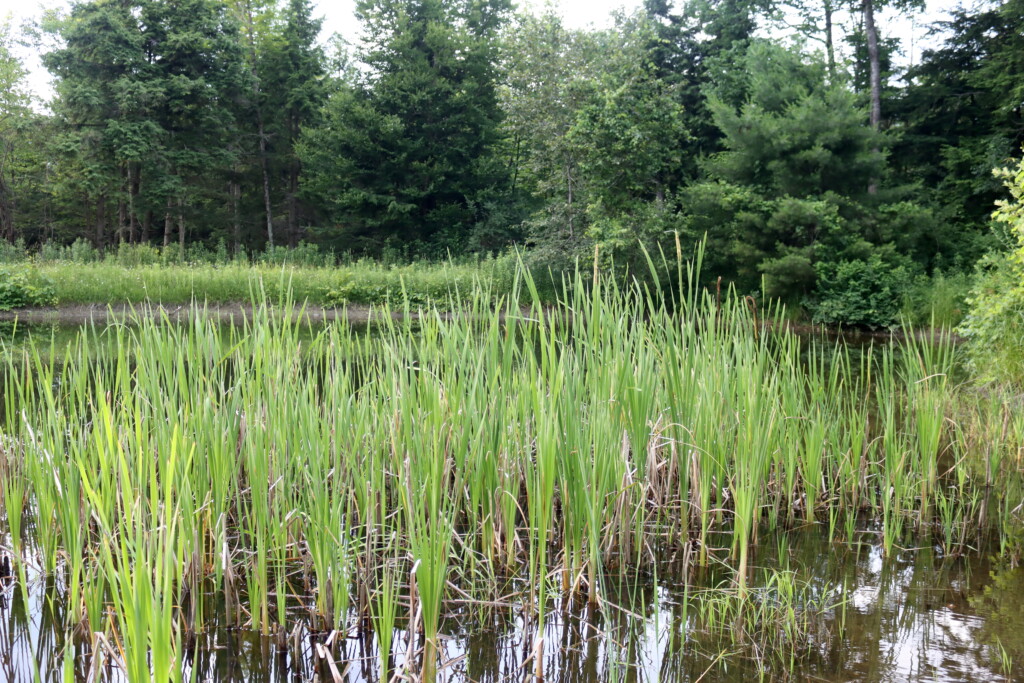
Why Leeches Thrive in Ponds
Leeches tend to thrive in ponds that have mucky bottoms full of decaying organic material, excessive vegetation that provides breeding habitat, and few natural predators like fish, ducks, or crayfish. They also prefer warm, stagnant water with little circulation.
While a few leeches are normal in a healthy pond, large populations usually indicate deeper imbalances, such as poor water quality, lack of oxygenation, or missing predator species.
Natural Ways to Get Rid of Leeches
Fortunately, most leech problems can be addressed with simple natural management techniques that focus on restoring balance instead of relying on harmful chemicals.
Remove Muck and Organic Debris
Leeches breed and hide in the muck at the bottom of ponds. Reducing organic sludge is the first and most important step. Regularly remove dead leaves, algae mats, and decaying plants, especially from shallow areas.
Using a pond vacuum or bottom diffuser aerator can help break up and remove muck layers naturally.
Adding beneficial bacteria treatments, such as de-muck tablets or liquid beneficial bacteria treatments, speeds up organic breakdown and keeps oxygen levels high, making the pond less hospitable to leeches.
We’ve found that de-mucking tablets are incredibly effective at removing leech habitat and lowering their numbers. That, combined with introducing natural predators and pond aeration has been the most effective strategy.
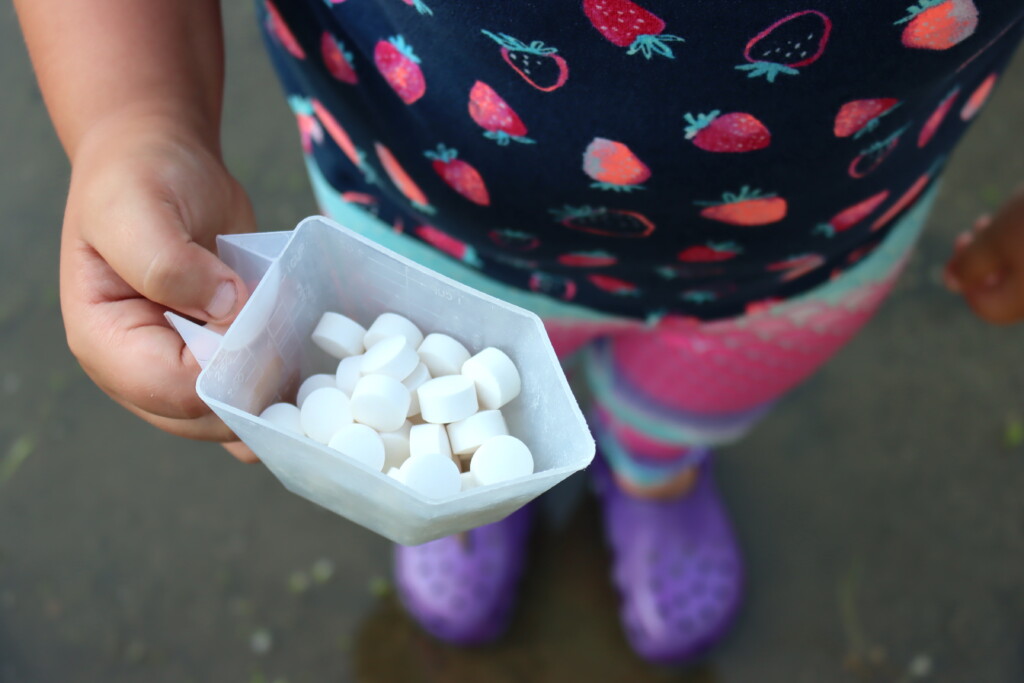
Encourage Natural Predators
One of the most effective ways to control leeches is to support the animals that naturally eat them. Fish such as largemouth bass, bluegill, and sunfish actively feed on leeches and help keep their populations down.
Crayfish also prey on leeches hiding in sediment, and waterfowl like dabbling ducks will eagerly consume leeches while feeding.
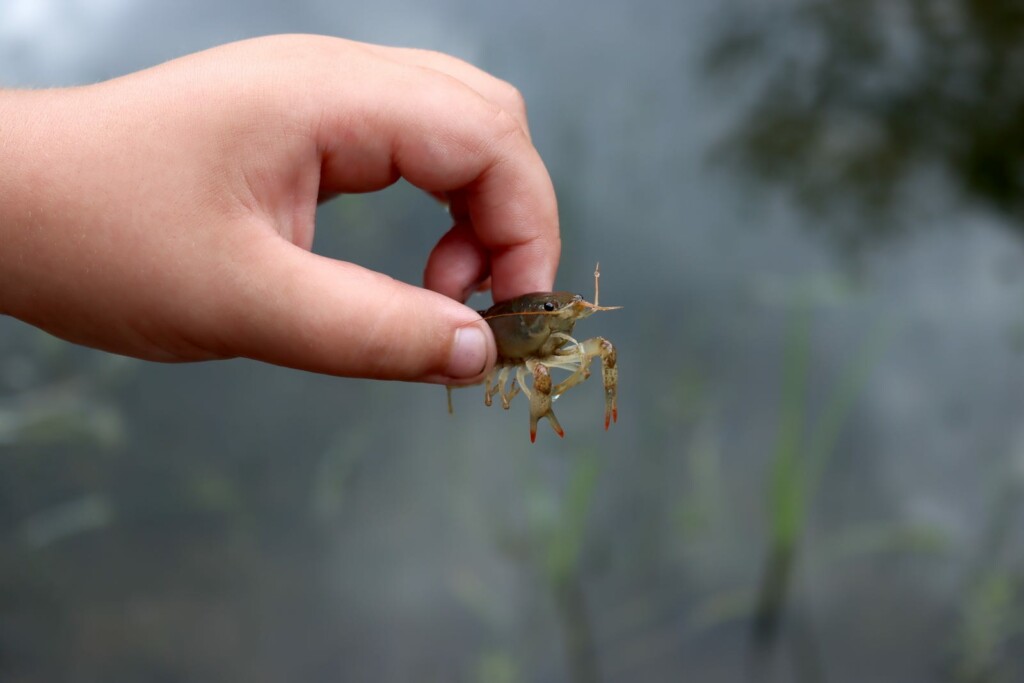
If your pond is suitable for fish stocking or already supports wildlife, maintaining strong predator populations is an easy, sustainable solution. Stocking a pond with fish is easier than you think.
Personally, we found that adding seasonal trout provided the best bang for our buck. Trout can’t take warm water mid summer, but they love cool spring temperatures, and adding them in spring when leeches are just getting started absolutely decimated our leech population. They disappeared within days.
That, combined with increased aeration later in the summer, really kept the leeches at bay.
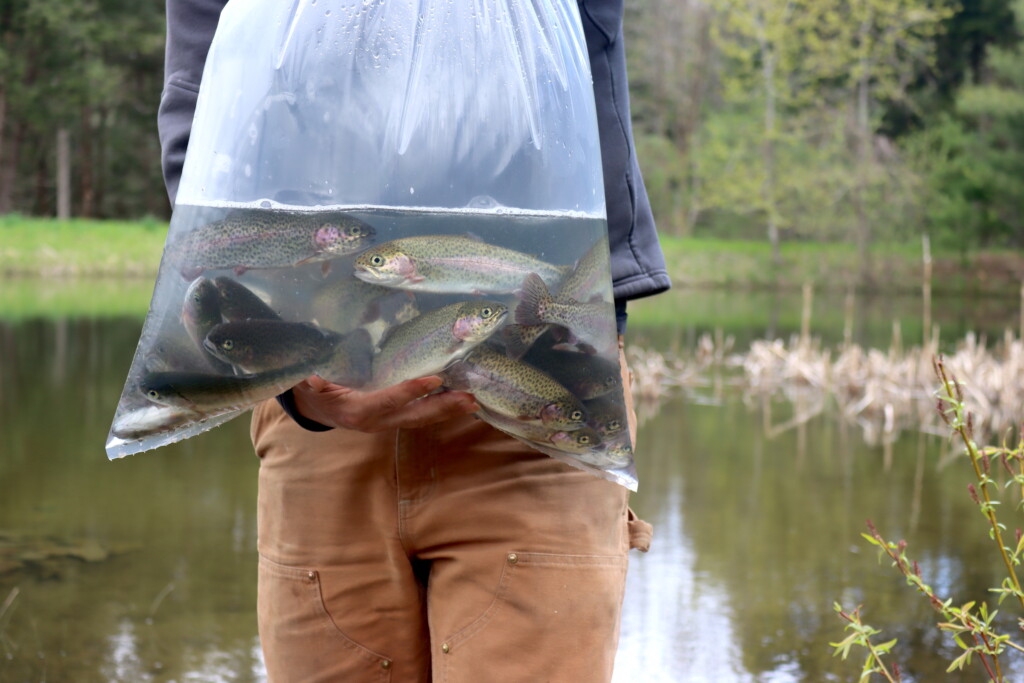
Improve Water Circulation and Oxygenation
Leeches prefer stagnant, low-oxygen environments.
Installing a bottom-diffused aerator helps circulate oxygen-rich water throughout the pond, making it less inviting for leeches.
A surface fountain or aerator can also keep shallow areas moving and oxygenated. If your pond has natural inlets or outlets, keeping them clear and flowing strengthens overall water quality and discourages leech infestations.
After a lot of research, this is the pond aeration system that we’re installing in our pond this year.
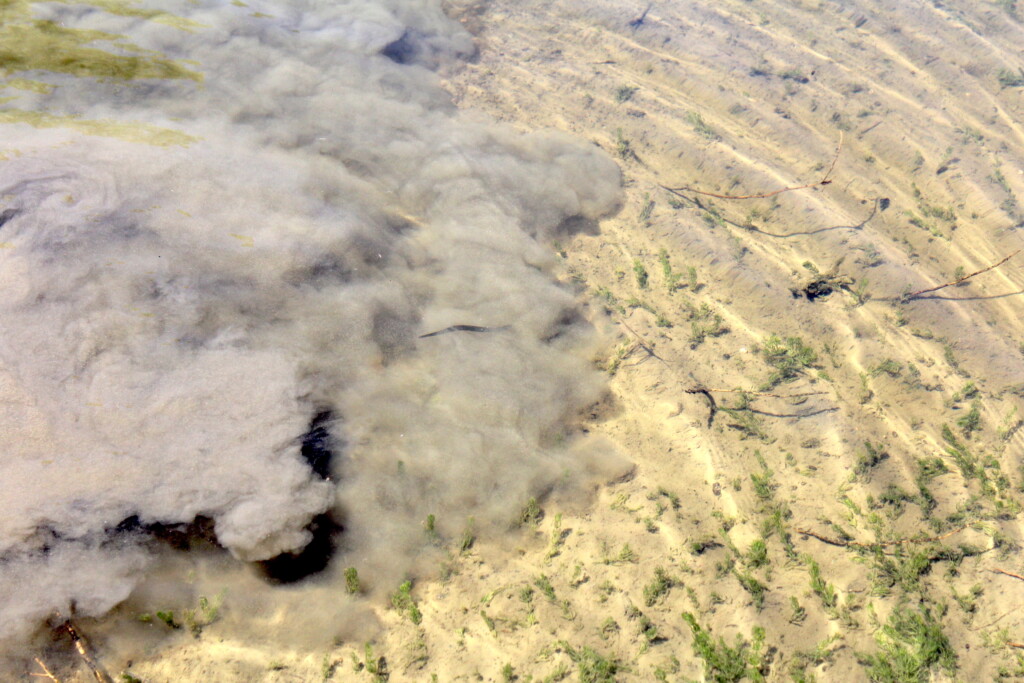
Trap Leeches Manually
In smaller ponds or problem areas, manual trapping is an effective method to directly reduce leech numbers.
A simple DIY leech trap can be made by poking holes in a coffee can or plastic container, baiting it with fresh meat, and sinking it into shallow, weedy areas overnight. Leeches are attracted to the scent and crawl inside the trap.
Empty the trap daily and continue trapping over several days to make a noticeable impact.
We tried this, and honestly, it wasn’t all that effective. The fish are much more effective hunters, and they’re better at keeping leech populations in check in the long term. Within a few days of adding seasonal trout to our pond, the leeches pretty much disappeared.
There’s a reason leeches are used as fish bait! They can’t get enough of them. I’d rather put the fish (and turtles) to work than have to change out a leech trap daily.
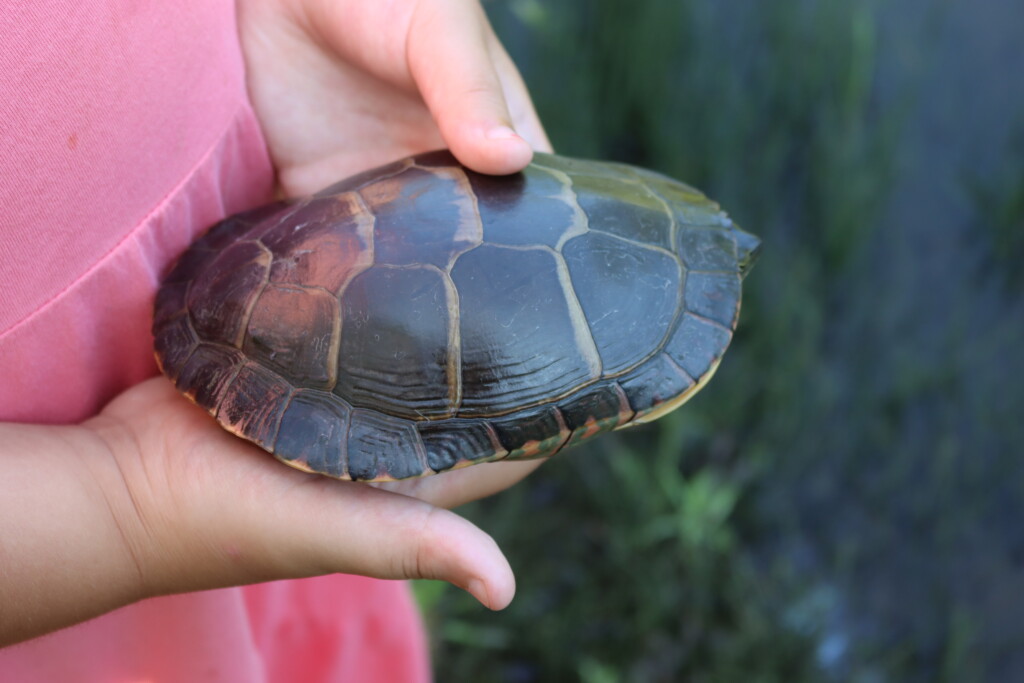
Chemical Treatments: A Last Resort
Chemical leech control products exist, but they are rarely necessary and can cause serious harm to non-target species like amphibians, fish, and beneficial insects.
Whenever possible, focus on natural leech control methods such as aeration, predator support, and habitat improvement. Chemical solutions should only be considered under professional guidance and as an absolute last resort.
We’ve avoided this route, simply because we’re not willing to nuke all the life in our pond. That is what chemical treatments do, they just kill everything. It’s not a sustainable approach because the leeches will come back, brought in on migratory birds. And then you will just have leaches, rather than a whole food web that can keep them in check.
It’s much better to look into pond aeration, which is the best solution, alongside bolstering natural controls by adding predator fish, turtles and crayfish.
The answer is adding more life, not killing everything.
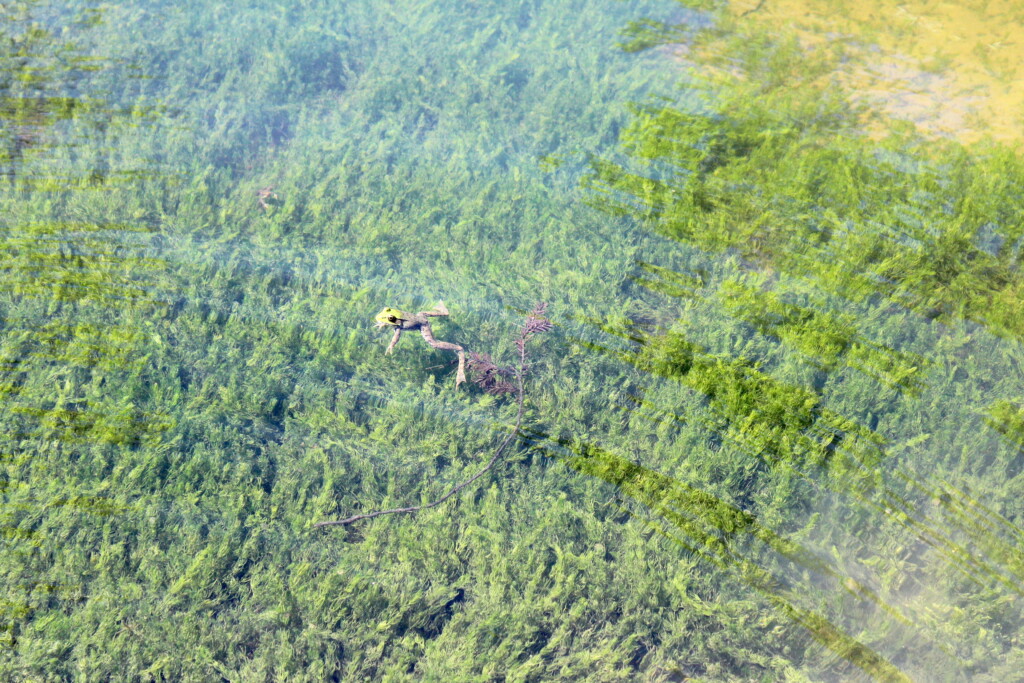
How to Prevent Future Leech Problems
Once you’ve reduced the leech population, ongoing maintenance will help keep their numbers from bouncing back. Maintain good water quality by removing organic debris regularly and keeping oxygen levels high with aeration.
Support natural predator populations by maintaining healthy fish and encouraging wildlife like ducks. Thin heavy vegetation along the pond edges to limit hiding places. If you are feeding your pond fish, make sure you’re using the right type of pond fish food, and avoid overfeeding fish to prevent excess organic buildup that could create new leech habitats.
With these practices in place, your pond can stay clean, comfortable, and balanced with minimal long-term effort.
Leeches might seem like a big problem at first, but they are usually just a symptom of deeper pond management issues. By improving habitat quality, supporting natural predators, and maintaining clean, oxygen-rich water, you can manage leech populations effectively without harming the pond’s ecosystem.
A well-maintained pond will keep leech numbers low, support a diversity of healthy wildlife, and provide a safe, beautiful environment for both people and animals to enjoy.
FAQ About Leeches in Ponds
In small numbers, leeches are a normal and even beneficial part of a pond ecosystem. They help break down organic material and feed fish and birds. Problems arise when they become overabundant, usually due to too much organic muck and a lack of natural predators.
Leeches often find their way into ponds by hitching rides on migratory birds, turtles, amphibians, or even on aquatic plants moved from one body of water to another. Their eggs or juvenile forms can survive for some time on muddy feet, feathers, or gear, making it easy for them to spread into new ponds without anyone realizing it.
When our domestic geese take a swim in the pond they end up with leeches on their feathers, and wild geese and ducks are no different.
Yes! Fish like largemouth bass, bluegill, sunfish, and even catfish will feed on leeches naturally. Stocking or encouraging healthy fish populations is one of the most effective ways to keep leech numbers low over the long term.
You can make a leech trap by punching holes into a coffee can, baiting it with fresh meat, and sinking it into shallow weedy areas overnight. Leeches are drawn to the scent and crawl inside the container, where they can be removed and disposed of the next day.
Some chemical treatments can kill leeches, but they often harm fish, amphibians, and beneficial insects at the same time. Natural methods like aeration, predator support, muck removal, and manual trapping are safer, more effective, and better for the pond ecosystem overall.
It’s unlikely you’ll remove every single leech — and that’s okay. A few leeches are normal and harmless. The goal is to bring the population down to a healthy, natural level where they no longer interfere with swimming, fishing, or overall pond health.
Homestead Pond Resources
Keep your pond clean, balanced, and thriving with these related guides:
How to Maintain a Homestead Pond — Learn the essentials of seasonal pond care, aeration, and water quality management.
How to Stock a Pond — Build a strong aquatic food web and maintain a healthy fishery by choosing the right species for your pond.
Best Plants for Homestead Ponds — Discover plants that help naturally filter water, support fish and wildlife, and stabilize pond edges.
Edible Aquatic Plants — Plants that provide both beauty and nourishment on your homestead.
